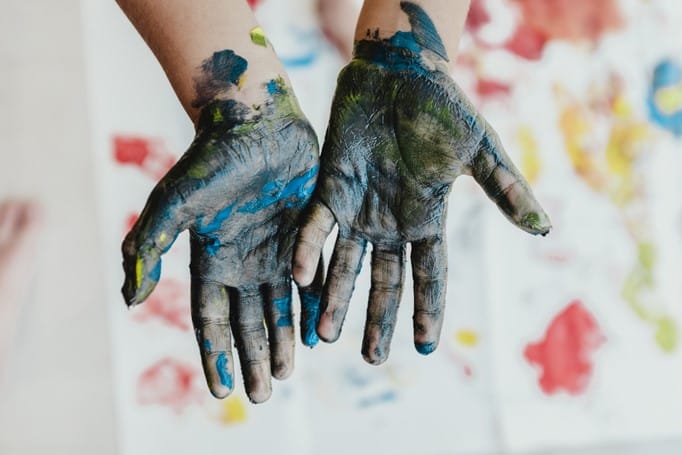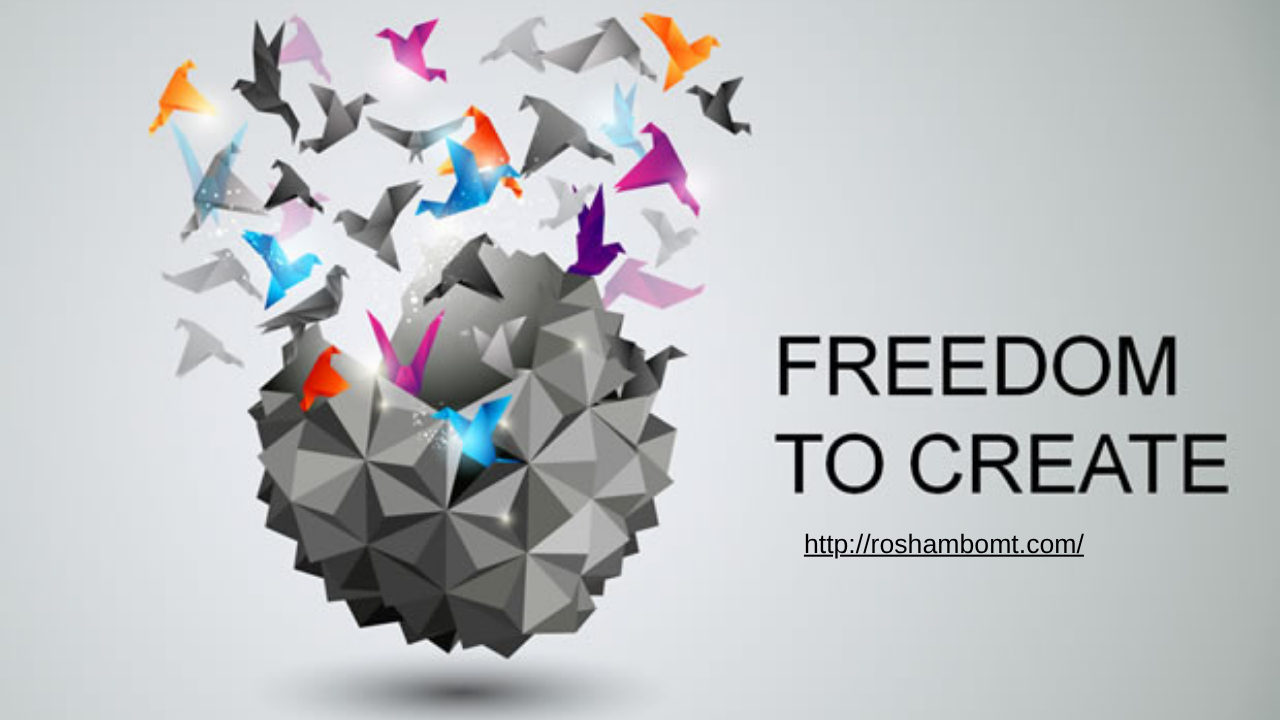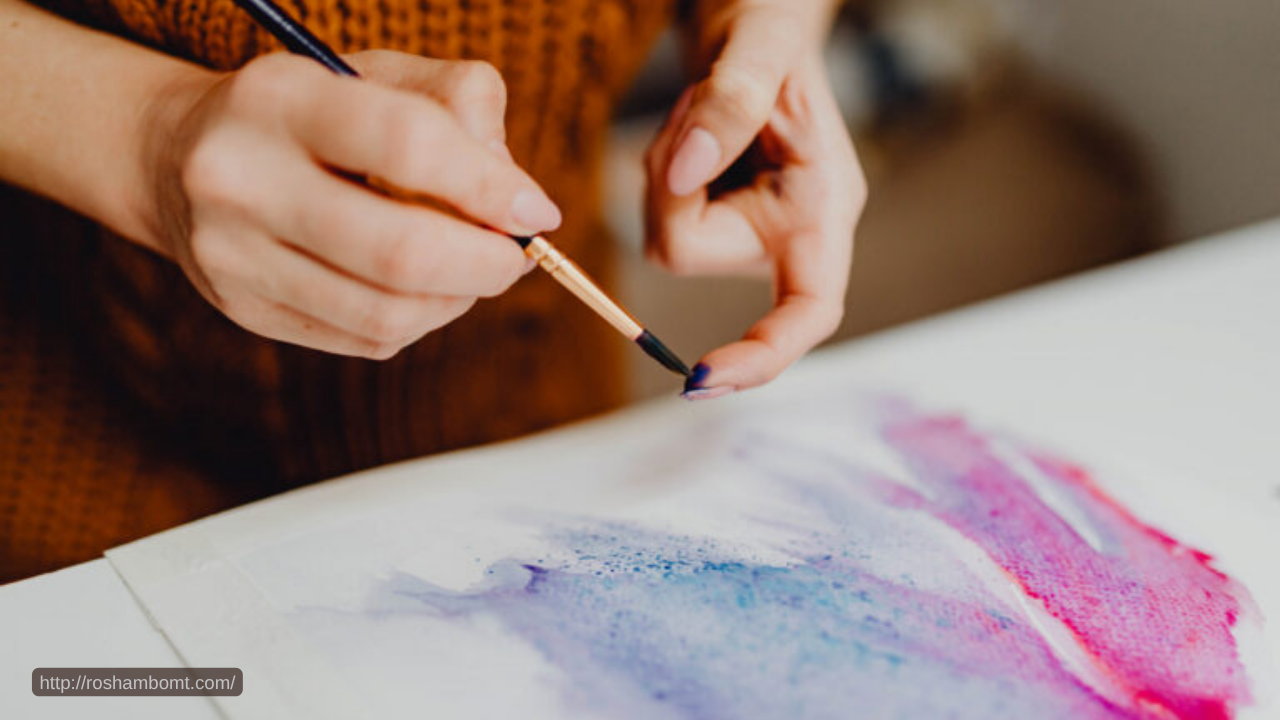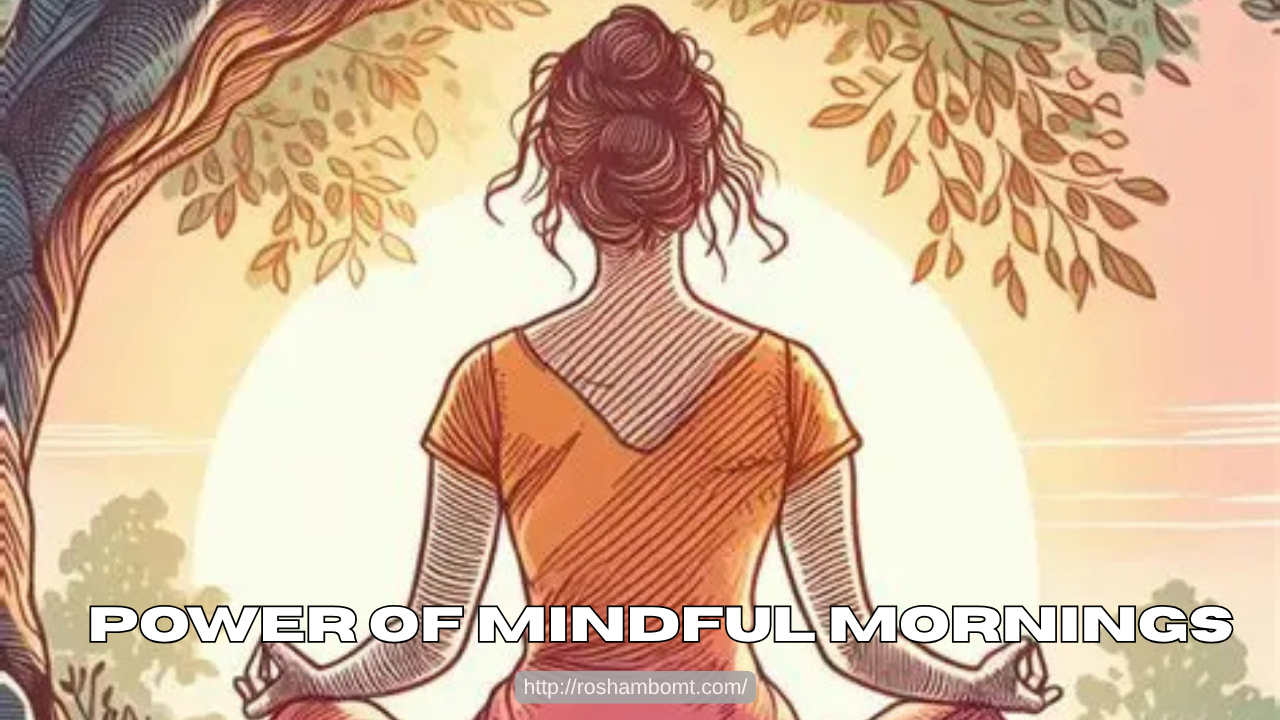At roshambomt.com, we recognize that the life of an artist is often a beautiful, complex tapestry of high sensitivity and profound expression. However, we also understand that for many creators, the “invisible weight” of the artistic process—the pressure to produce, the isolation of the studio, and the emotional vulnerability of sharing one’s soul—can lead to unique challenges. Our mission is to provide a professional and compassionate sanctuary where artists can navigate the intersection of creativity, mental health treatment, and addiction recovery, ensuring that your “mustard seed” of talent is supported by a foundation of lasting health.
The “Tortured Artist” Myth vs. Clinical Reality
For decades, society has romanticized the “tortured artist,” suggesting that suffering is a prerequisite for great work. From a clinical perspective, we know this is a dangerous misconception. Chronic stress, depression, and substance use don’t fuel creativity; they eventually stifle it.
The brain’s “Default Mode Network” (DMN) is highly active in creative individuals, allowing for the wandering thoughts and connections that lead to art. However, an overactive DMN is also linked to rumination and anxiety. When an artist uses substances to quiet this noise, they often find themselves in a “cycle of dependency” that eventually erodes the very clarity they need to create. At Ro Sham Bo, we help artists “reclaim the brush” by providing evidence-based care that honors their unique neurological wiring.
1. Navigating the Creative Temperament
The life of an artist often involves irregular schedules, financial uncertainty, and intense emotional peaks and valleys. These factors can make maintaining stability feel like an impossible task.
- Emotional Dysregulation: We provide tools to help you manage the intensity of your feelings without resorting to self-medication.
- The Isolation Trap: Many artists work alone, which can lead to social withdrawal. Our outpatient support groups offer a community of peers who understand the specific pressures of a creative career.
- Perfectionism and Shame: Through Cognitive Behavioral Therapy (CBT), we help dismantle the “all or nothing” thinking that often fuels both artistic blocks and addictive behaviors.
2. A Continuum of Care: Protecting the Creative Process
We believe that recovery should not feel like a sterile “end” to your artistic life, but a vibrant new beginning. Our individualized care plans are designed to integrate your passion into your restoration.
Inpatient Residential Sanctuary: The Creative Reset
For artists in crisis, our inpatient residential care offers a peaceful, professional environment away from the “noise” of the industry. This is a space to stabilize, detox safely, and rediscover your voice in a setting that prioritizes your dignity and emotional safety.
Outpatient Resilience: Creating in the Real World
True mastery of recovery happens when you return to your craft. Our outpatient programs provide the “living solution” needed to navigate gallery openings, deadlines, and social circles while maintaining your sobriety and mental balance.
3. Dual Diagnosis: Treating the Mind Behind the Art
It is rare for addiction to exist in a vacuum, especially within the artistic community. We specialize in Dual Diagnosis care, addressing co-occurring disorders like bipolar disorder, ADHD, or PTSD that often walk hand-in-hand with creative genius.
- Individualized Therapy: Working one-on-one with clinicians who respect the artistic temperament.
- Holistic Restoration: Incorporating art therapy, nutritional support, and spiritual anchors that provide a higher purpose beyond the finished product.
4. Reclaiming Your Future with Professional Integrity
At roshambomt.com, we see your art as a vital part of your health. A healthy artist is a productive artist. By choosing a path of professional recovery, you aren’t losing your “edge”—you are gaining the stamina, clarity, and longevity needed to build a legendary body of work.
Your Masterpiece of Recovery Starts Here
If the “invisible weight” of your creative life has become too heavy to bear, please know that you don’t have to carry it alone. You deserve a life that is as vibrant and healthy as the work you create.
At roshambomt.com, our compassionate and professional team is dedicated to your total restoration. From our tranquil inpatient sanctuary to our flexible outpatient services, we offer the clinical excellence you need to find your way back to your true self.
Reach out to us today. Let’s work together to paint a new future—one rooted in health, harmony, and creative freedom.

 At first glance, creativity and structure may seem like opposites. Many artists fear that schedules and routines will limit their inspiration. Similarly, individuals in recovery may view rules and structured routines as restrictive. Yet, the truth is that structure can be the key to unlocking both creative freedom and personal wellness. At Roshambo, we understand that balance is essential. Through individualized, holistic, and faith-based care, we help clients establish routines that foster healing, resilience, and creative growth.
At first glance, creativity and structure may seem like opposites. Many artists fear that schedules and routines will limit their inspiration. Similarly, individuals in recovery may view rules and structured routines as restrictive. Yet, the truth is that structure can be the key to unlocking both creative freedom and personal wellness. At Roshambo, we understand that balance is essential. Through individualized, holistic, and faith-based care, we help clients establish routines that foster healing, resilience, and creative growth. Creativity and healing share a common truth: both begin with inspiration but require discipline and structure to grow. For artists, transforming a burst of inspiration into consistent creative work takes patience and self-awareness. The same principle applies to addiction recovery and mental health healing. Progress is built on daily habits, mindfulness, and the willingness to show up—especially on the hard days. At Roshambo, we understand that lasting transformation is both an art and a practice. Through holistic, faith-based, and individualized care, we help individuals turn moments of insight into daily actions that restore hope, purpose, and balance.
Creativity and healing share a common truth: both begin with inspiration but require discipline and structure to grow. For artists, transforming a burst of inspiration into consistent creative work takes patience and self-awareness. The same principle applies to addiction recovery and mental health healing. Progress is built on daily habits, mindfulness, and the willingness to show up—especially on the hard days. At Roshambo, we understand that lasting transformation is both an art and a practice. Through holistic, faith-based, and individualized care, we help individuals turn moments of insight into daily actions that restore hope, purpose, and balance. Healing and creativity share a common foundation: both require patience, intention, and consistency. For artists and individuals in recovery, daily routines are not just schedules—they are pathways to stability, growth, and renewal. At Roshambo, we understand that structure and creativity can coexist beautifully. Whether through art therapy, mindfulness, or faith-based practices, establishing creative routines can empower individuals to reconnect with themselves and build a stronger sense of purpose in recovery.
Healing and creativity share a common foundation: both require patience, intention, and consistency. For artists and individuals in recovery, daily routines are not just schedules—they are pathways to stability, growth, and renewal. At Roshambo, we understand that structure and creativity can coexist beautifully. Whether through art therapy, mindfulness, or faith-based practices, establishing creative routines can empower individuals to reconnect with themselves and build a stronger sense of purpose in recovery. Creativity often lives at the intersection of freedom and focus. For modern artists, balancing spontaneous inspiration with disciplined structure is not just a choice but a necessity. In many ways, this creative balancing act mirrors the journey of recovery. Just as artists learn to transform their emotions and experiences into art, individuals in addiction and mental health recovery learn to shape their healing through consistency, mindfulness, and self-expression. At Roshambo, we believe that balance is the foundation for transformation. By combining structure with creative freedom, both artists and those in recovery can achieve meaningful and lasting growth.
Creativity often lives at the intersection of freedom and focus. For modern artists, balancing spontaneous inspiration with disciplined structure is not just a choice but a necessity. In many ways, this creative balancing act mirrors the journey of recovery. Just as artists learn to transform their emotions and experiences into art, individuals in addiction and mental health recovery learn to shape their healing through consistency, mindfulness, and self-expression. At Roshambo, we believe that balance is the foundation for transformation. By combining structure with creative freedom, both artists and those in recovery can achieve meaningful and lasting growth. A fulfilling day often begins with intention. For artists, structure may seem like the enemy of creativity, yet the opposite is true. A thoughtful balance between mindfulness and productivity allows artists to thrive, transforming chaos into purpose. The same principle applies to individuals on the path of addiction recovery and mental health healing. Routine, mindfulness, and self-discipline become vital tools for nurturing both creativity and recovery. At Roshambo, we understand that healing and self-expression go hand in hand. With a holistic and faith-based approach, we help individuals create balance, focus, and purpose in every part of their day.
A fulfilling day often begins with intention. For artists, structure may seem like the enemy of creativity, yet the opposite is true. A thoughtful balance between mindfulness and productivity allows artists to thrive, transforming chaos into purpose. The same principle applies to individuals on the path of addiction recovery and mental health healing. Routine, mindfulness, and self-discipline become vital tools for nurturing both creativity and recovery. At Roshambo, we understand that healing and self-expression go hand in hand. With a holistic and faith-based approach, we help individuals create balance, focus, and purpose in every part of their day. The life of an artist is often imagined as free-flowing, spontaneous, and entirely dictated by bursts of inspiration. While creativity is at the heart of artistry, structure and daily discipline are equally essential for producing meaningful work and maintaining overall well-being. For individuals navigating addiction recovery or mental health treatment, this balance between freedom and structure can serve as a powerful model. By integrating daily routines, self-care, and creative expression, it is possible to nurture both personal healing and artistic growth.
The life of an artist is often imagined as free-flowing, spontaneous, and entirely dictated by bursts of inspiration. While creativity is at the heart of artistry, structure and daily discipline are equally essential for producing meaningful work and maintaining overall well-being. For individuals navigating addiction recovery or mental health treatment, this balance between freedom and structure can serve as a powerful model. By integrating daily routines, self-care, and creative expression, it is possible to nurture both personal healing and artistic growth.